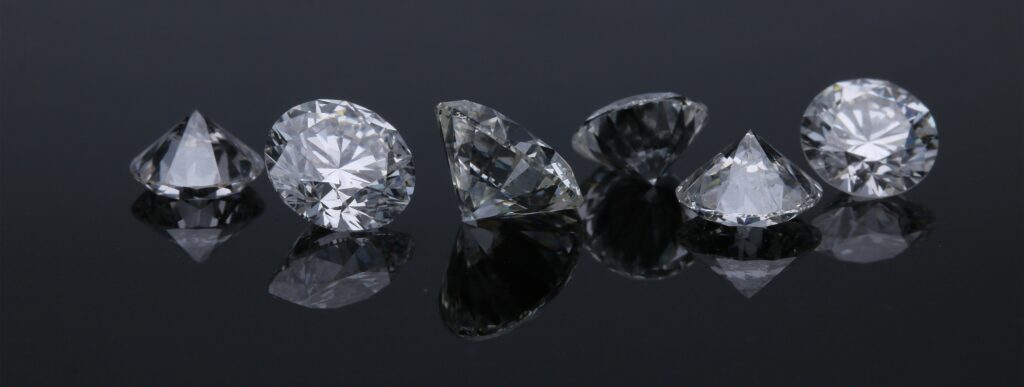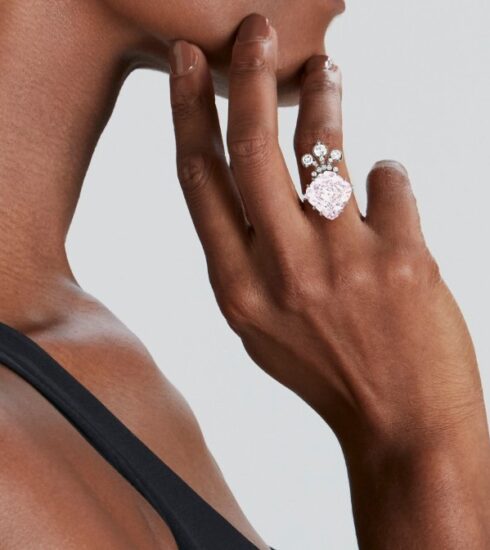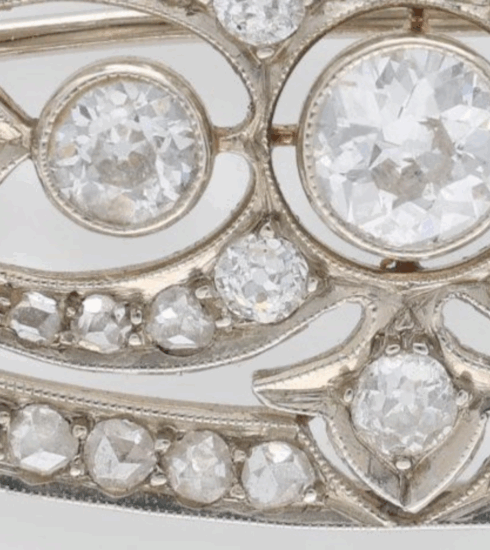Trump tariffs: impact on the diamond industry
Trump tariffs: impact on the diamond industry
US President Trump's new customs regulations are causing chaos and uncertainty in international supply chains. The Gemological Institute of America (GIA) is responding by offering alternative labs for diamond grading.
Left: The new US import tariffs are also affecting the jewelry industry. © Assiolo Scolaro/Unsplash
Diamond exports and imports in the Trump era
With a decision by US President Donald Trump in early April, 60 countries worldwide were subject to tariffs of 10 percent on imported goods. India, a major jewelry producer, was subject to additional "counter-tariffs" of 26 percent.
President Trump sees the new import tariffs as a means of countering "non-monetary barriers and other forms of fraud." The list of affected countries includes China—on April 9, tariffs for the People's Republic were 145 percent—Vietnam, Botswana, and Thailand, as well as suppliers of raw materials and finished jewelry.
While products like gold and silver are exempt from import duties, the list of countries shows that the new economic circumstances will not leave the jewelry industry unscathed. The global jewelry industry is heavily focused on diamonds produced in India.
Trump raised tariffs on India from 3.3 percent to 26 percent. According to the India-based Global Trade Research Initiative (GTRI), Trump's new tariffs will result in an export deficit of $5.76 billion. However, there is also optimism in India that it will take on the trade deficit of other, even higher-taxed countries or reach a new trade agreement with the United States. As things stand, however, these tariffs have been temporarily suspended and are now at 10 percent, an example of the American government's zigzag course, which is currently causing considerable uncertainty and frustration around the world.
The Indian Gem & Jewellery Export Promotion Council (GJEPC) warned of rising diamond costs back in March, but at the time still expected tariffs of 5 to 6 percent. The GJEPC sees the import tariffs not as a win for the US, but rather as a downfall for Indian jewelry manufacturers, whose margins are being eroded by the high costs.
JCK quotes Ajesh Mehta for the GJEPC: "Sales will collapse, and the price of uncut diamonds will have to fall by 6 percent to offset that." This statement was also made when tariffs of 5 to 6 percent were expected.

The GIA sends diamonds abroad
One of the most important institutions in the diamond industry is the Gemological Institute of America (GIA). Diamonds, colored gemstones, and pearls are tested and certified here. American laboratories of the Diamond Institute are located in Carlsbad, California, and in New York.
Due to the complex economic situation created by the new import tariffs, the GIA issued a press release on April 7th. The Diamond Institute will temporarily only accept gemstones and pearls from customers in the USA for its American laboratories. However, JCK quotes Pritesh Patel, Senior Vice President and COO of the GIA, as clarifying that the GIA will also accept stones and pearls from abroad, albeit at the corresponding prices created by the new tariffs.
The US defines a diamond's country of origin as the place where the gemstone has undergone significant treatment, including cutting. Approximately 90 percent of the world's diamonds are cut in India.
Diamonds are typically sent to the US for certification and then sold for further processing into jewelry or as investment products. The journey the gemstone takes in the supply chain could therefore lead to a significant price increase due to the international trade dispute.
In light of the situation, the GIA has expanded its services to other laboratories.
- Diamonds graded D to Z, uncut or cut, up to 3.99 ct in size can be sent to the GIA laboratories in Bangkok, Dubai, Gaborone, Hong Kong, Johannesburg, Surat, and Tokyo.
- The laboratories in Dubai and Hong Kong also accept diamonds of the same class up to a size of 9.99 ct
- Diamonds of grades D to Z, cut or uncut, weighing more than 10 carats and fancy-color diamonds can be certified in Hong Kong until further notice.
The laboratories in Bangkok, Hong Kong, and Tokyo will continue to offer their services for colored gemstones and pearls. The Mumbai location will also continue to certify pearls.
Sources: Gemological Institute of America, JCK, Germany Trade & Invest, JCK online






